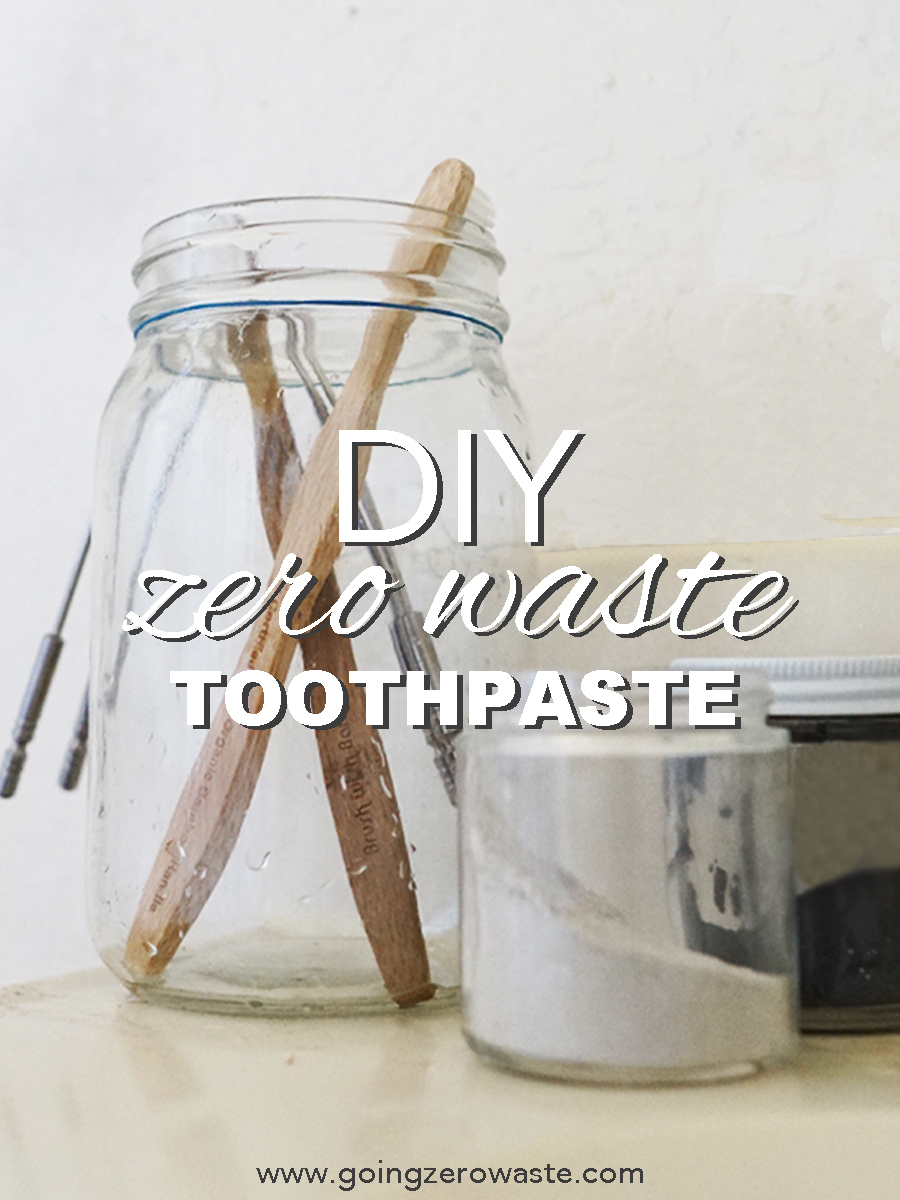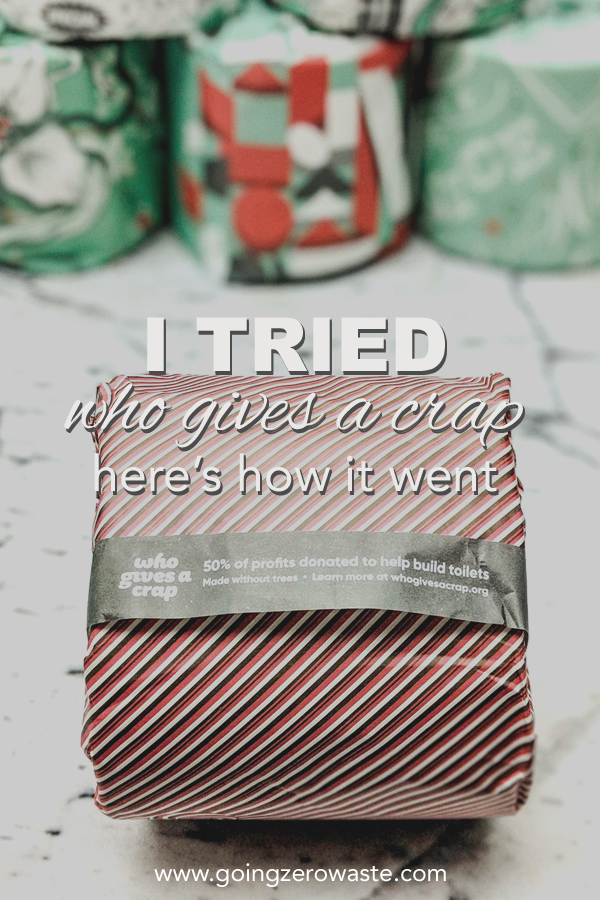Even if I'm speaking at a middle school, one of the first questions I always get asked, "Is how do you handle your periods?"
May 28th is Menstrual Hygiene Day, so I thought it was the perfect time for a complete guide to zero waste periods.
There are a number of ways to have a zero waste period, but first let's talk about the problem with conventional products.
the problem with disposable tampons and pads:
A lot of the mainstream tampon and pad brands use a combination of bleached rayon, conventional cotton, and contain plastic. The average pad contains the equivalent of four plastic bags.
Beyond the plastic they also contain dioxins, furans, fragrance, all which are endocrine disruptors and can actually make your cramps and periods worse!
Conventional cotton also uses a lot of pesticides, things you probably wouldn't want to put in such a sensitive area. Once you're done with them, they go to a landfill. We use a lot of these products, so it adds up to a lot of trash over the years.
period panties:
When I was getting my IUD placed, the first thing I did was order five pairs of Thinx. They're period panties, and they're amazing!
They’re officially my go-to period product!
They look just like regular undies, but they absorb blood up to two tampons worth depending on the style. I have a couple of their thongs for lighter days, and a couple of the heavy duty pairs.
They're super comfortable, cute, and I never have to worry about leaking! Plus, I love how the company prioritizes giving back. That's always something I look for when I make purchases.
Thinx was nice enough to offer the readers of Going Zero Waste $10 off if you use this link!
They're running a huge sale this weekend in honor of Menstrual Hygiene Day so if it's something you've been on the fence about purchasing, now's a great time!
Period panties work similar to cloth pads. After you wear them, you rinse them. Hang to dry and then throw in your lingerie bag.
Do not put these undies in the dryer!! They need to hang dry.
cloth pads:
Cloth pads work just like disposable pads. There are different sizes you can use depending on your flow. They make the long ones or the tiny spotting size.
There's a snap, and you can snap the pads in place over your underwear.
Once they're full, you rinse them. I put mine in a bucket to save water. I keep a bucket in the shower to catch water, you can read more about it in this post My 5 Zero Waste Shower Essentials.
I wring them until most of the blood is out. Then I rinse with clean water and hang to dry. Once they're dry, I throw them into the hamper and wash them in my lingerie bag.
I put any clothing that shouldn't be put in the dryer in my lingerie bag - just in case!
I am one lucky lady and don't have to do laundry because my sweet husband does it all for me, and he knows the lingerie bag means NO DRYER.
You can read an entire post about zero waste periods and cloth pads.
menstrual cup:
Using a menstrual cup was pretty life changing. My only regret is that I didn't start using one sooner.
Right before I got married, I got an IUD, and while you can use a cup with an IUD, I'm way too scared to try. You can pull your IUD out with one. EEK.
Menstrual cups are different in that they don't absorb blood, they catch it. They're made of medical grade silicone and stay in place using suction.
The rims of the cup rest on your vaginal wall applying the slightest bit of pressure which actually reduces cramps. YES. You read that right. Menstrual cups can help reduce cramps.
Better for the environment and less cramping!? Sign me up.
Menstrual cups only need to be changed every 12 hours and hold two super tampons worth of blood.
Once the cup is full, you can use the stem to help you kegel it down. Once it's down, you can press on one side the cup to pop the suction. Dump your blood into the toilet and then rinse the cup out and reinsert.
12 hours is typically enough time to change it in the privacy of a bathroom that includes a sink for rinsing, but if you're stuck in a public stall without access to a sink, you can always wipe it with a little bit of TP and re-insert while you wait till you have a little more privacy to wash it.
There are a lot of different types of menstrual cups to choose from, but I wound up going with a blossom cup* because it has a love it or your money back. I was not crazy about wearing tampons so I wasn't sure a cup was going to work for me.
There is definitely a breaking in period. It took me about three months to really get the hang of getting it inserted, but once I cracked the code it was sheer magic!
The one thing that really helped in the beginning was using lube to figure out how to get it inserted.
I use a DIY, Zero Waste Lube and I have a blog post all about it.
For more information about how to use a menstrual cup see the full blog post.
go organic:
If you're really not ready to make the leap to reusables, go for organic.
I haven't done a ton of research into organic cotton pads or tampons, but I know that Kali offers tampons where everything is compostable!
The wrapper, the applicator, and the tampon itself.
Once you're done, you can throw them into your backyard compost bin so they won't be sitting around in a landfill.
a problem beyond trash:
Beyond the trash problem, I think it's really important to highlight some of the other problems we might not think of.... like a lot of people don't have access to any menstrual products.
Poor menstrual hygiene can be deadly. In developing countries infections and cervical cancer are huge problems because they have to use other materials like dirty, unwashed rags, scraps of old clothing, foam mattresses, toilet paper, leaves, even banana fibers.
All of these are unhygienic and ineffective.
Access to menstrual hygiene products is difficult for lower income families. Many have reported not using their food stamps for food but for menstrual products. It's also an issue for the homeless.
Since Menstrual Hygiene Day is coming up, I wanted to also list a couple of brands that give back and organizations where you can donate to help.
If you've been having zero waste periods for a while, you know how much money you've saved on not having to buy tampons and pads all the time! Maybe, you could set aside a little bit of that money to help those in need.
Thinx - "Period poverty affects people around the globe: from Nepal and Uganda to our hometown, New York City. Together with our partners we’re committed to expanding access to period products and support services for underserved people." Thinx has donated over 5,000 pairs of period panties and over $350,000.
Luna Pads - Works with Pads4Girls and has provided over 17,000 girls and women in 18 nations with 100,000+ reusable menstrual products.
The Homeless Period - "For homeless women, it really is that dreaded time of the month. With limited or no access to sanitary products, they're often forced to go without. This initiative believes that tampons and towels should be made available through homeless shelters, the same way the government provides condoms. To show your support, share the site, sign the petition, or donate a tampon."
Days For Girls - They provide period packs with undies and pads to help keep more girls in school. "Days for Girls volunteers and enterprises have reached more than ONE MILLION women and girls around the world - giving them back days of dignity, health, and opportunity through menstrual health solutions and education."
what to do with old products?
If you're like me, when you decided to switch to zero waste products, you might have had an arsenal of pads and tampons. Instead of using up your supply, I would recommend donating them to someone in need.
Most homeless shelters are always looking for extra menstrual products. Here's a great map to help you find one near you.
This post contains affiliate linking. It's denoted with an asterisk. This means if you choose to purchase one of these items I will make a slight commission for referring you. You can read more on my disclosure page.













